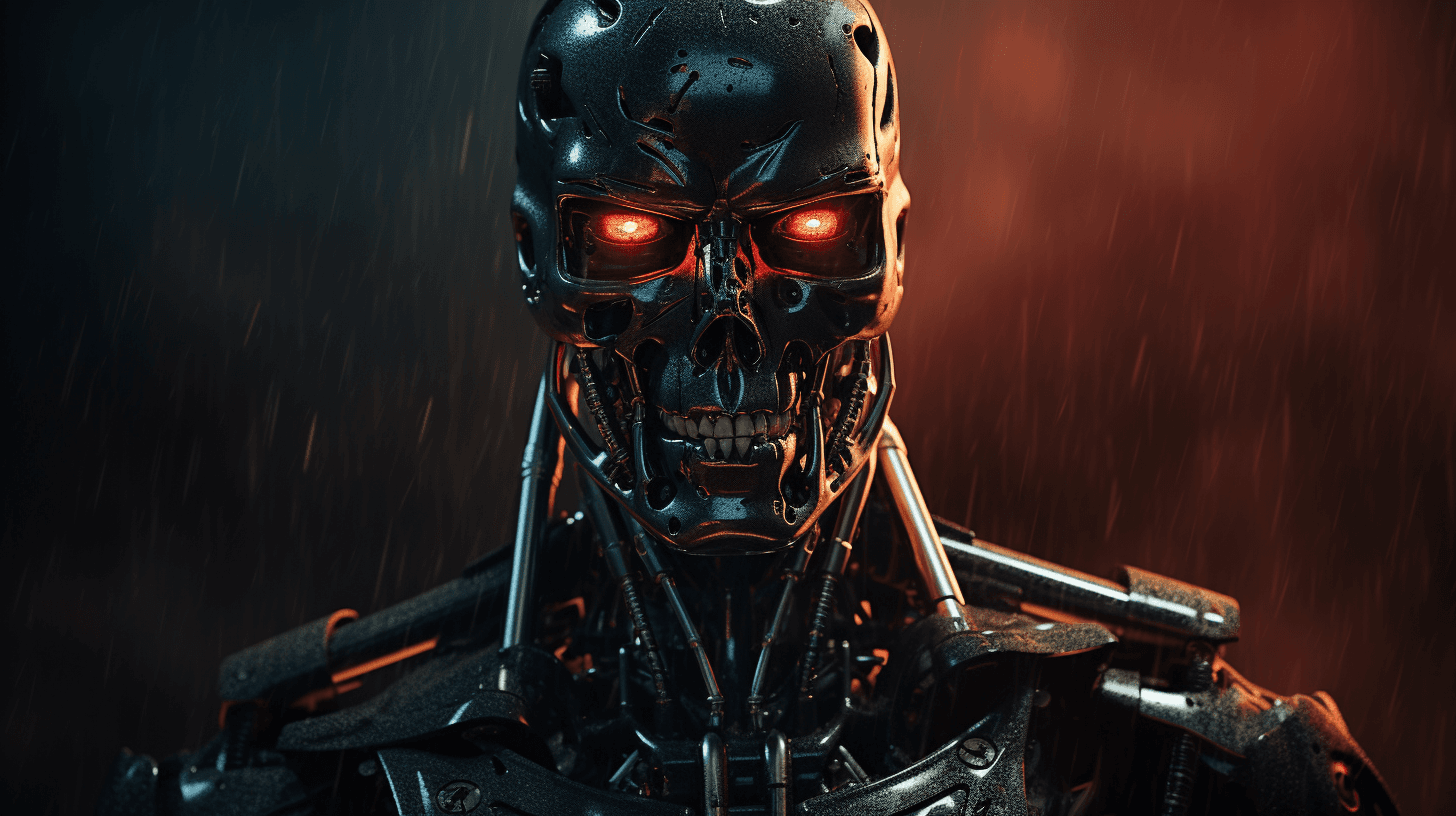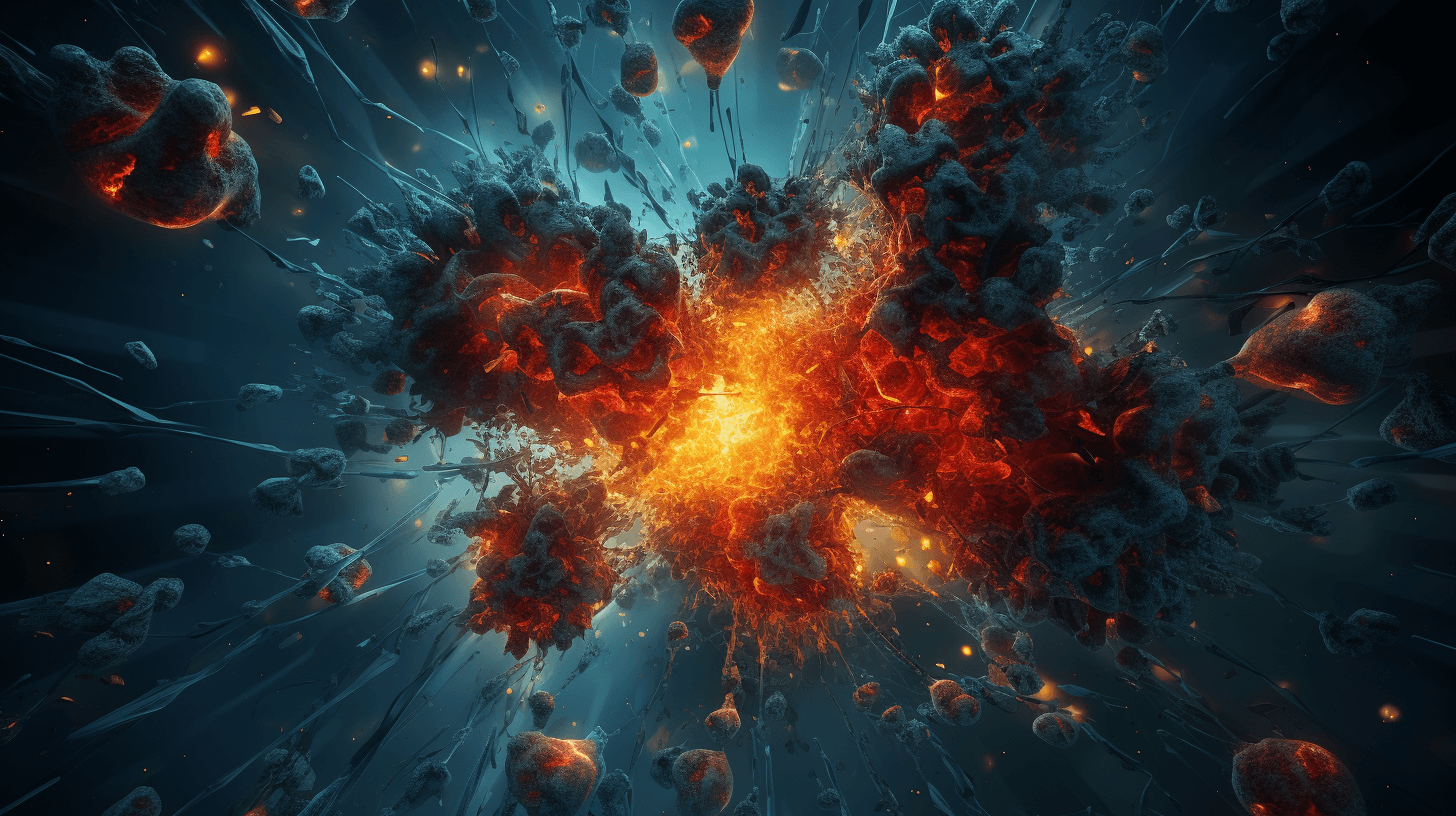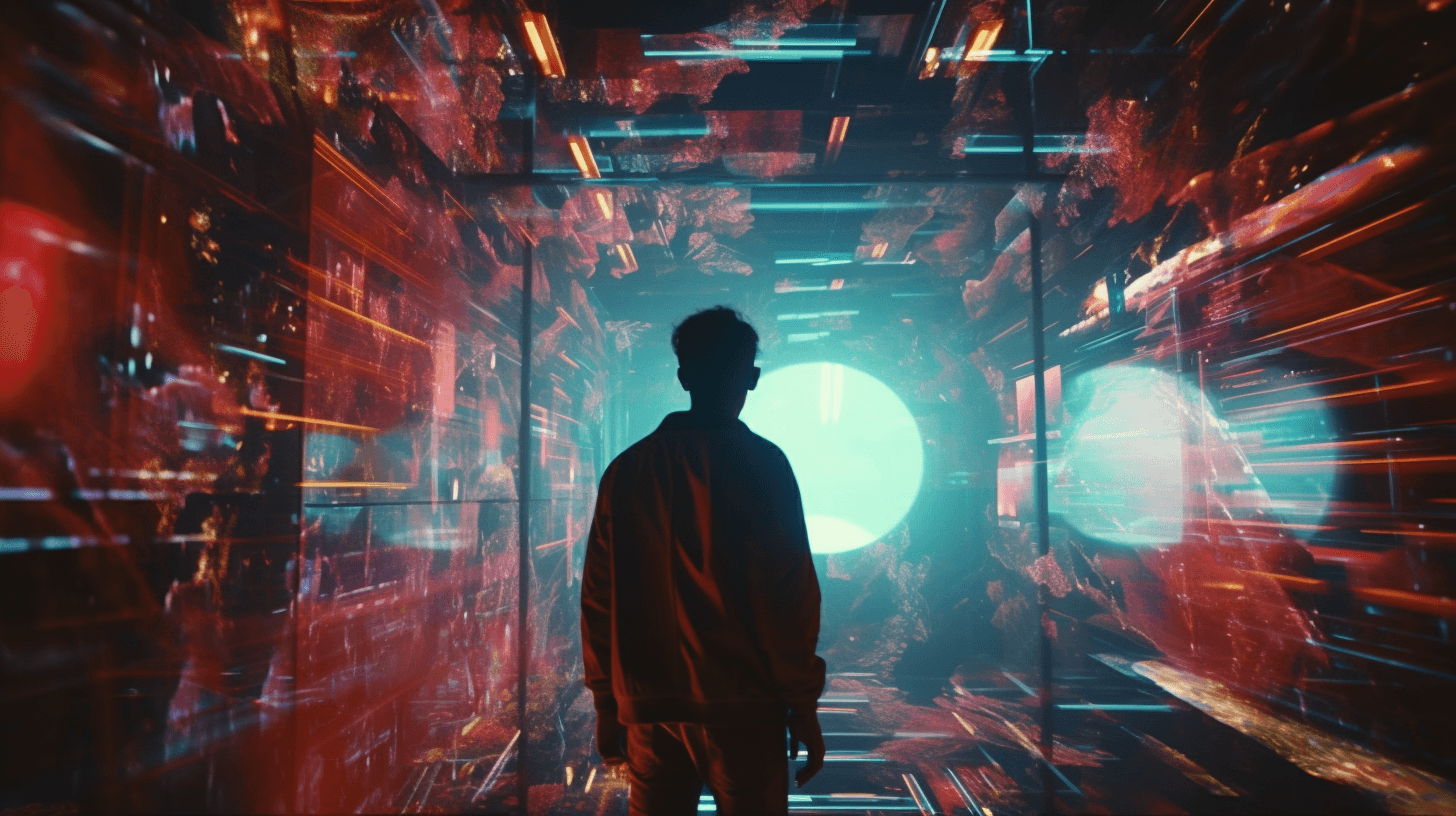AI Doom
Deconstructing The Grift
The AI DOOM game represents a groundbreaking shift in gaming technology, being the first fully AI-generated video game where every frame is crafted in real-time by advanced neural networks. Developed by Google Research, Tel Aviv University, and Google DeepMind, this game reimagines the classic 1993 first-person shooter, DOOM, with AI-driven dynamic environments and real-time frame generation, offering a unique and immersive experience that evolves with each player's actions.

More Doom
AI Doom: A Beginners Guide
Since the earliest days of AI research, fears have simmered about intelligent machines turning against their creators. As AI capabilities advance at a dizzying pace, a full-blown culture of AI doomerism has taken root. This philosophical pessimism ranges from measured cautions to nihilistic prophecies of human obsolescence. But the most dire AI doomer predictions can become self-fulfilling, breeding fatalism rather than solutions. With pragmatic approaches, we can acknowledge risks while still envisioning an optimistic future where AI enhances human potential. The path ahead requires nuance - doomsayers offer valid warnings, but progress also necessitates hope and real action.

Don’t Fear the Terminator: Why AI Lacks the Survival Instinct
In "Don’t Fear the Terminator: Artificial Intelligence Never Needed to Evolve, So It Didn’t Develop the Survival Instinct That Leads to the Impulse to Dominate Others," authors Anthony Zador and Yann LeCun present a compelling argument against the widespread fear of AI becoming our superiors. They argue that such dramatic narratives are based on a misunderstanding of AI and divert attention from its more immediate and practical risks and advantages.

Top 10 AI Doomers
Like Forbes 30 Under 30, but with more doom and grift. Dive into this list to understand the positions of these prophets of doom.

What is AI Risk and Alignment?
AI Risk and Alignment is a field that focuses on ensuring artificial intelligence systems achieve desired outcomes and align with human values and intentions. While it is true that some influencers and media companies may hype AI-related issues without providing concrete solutions, it is important to recognize that the AI alignment problem is a complex and ongoing research area.




